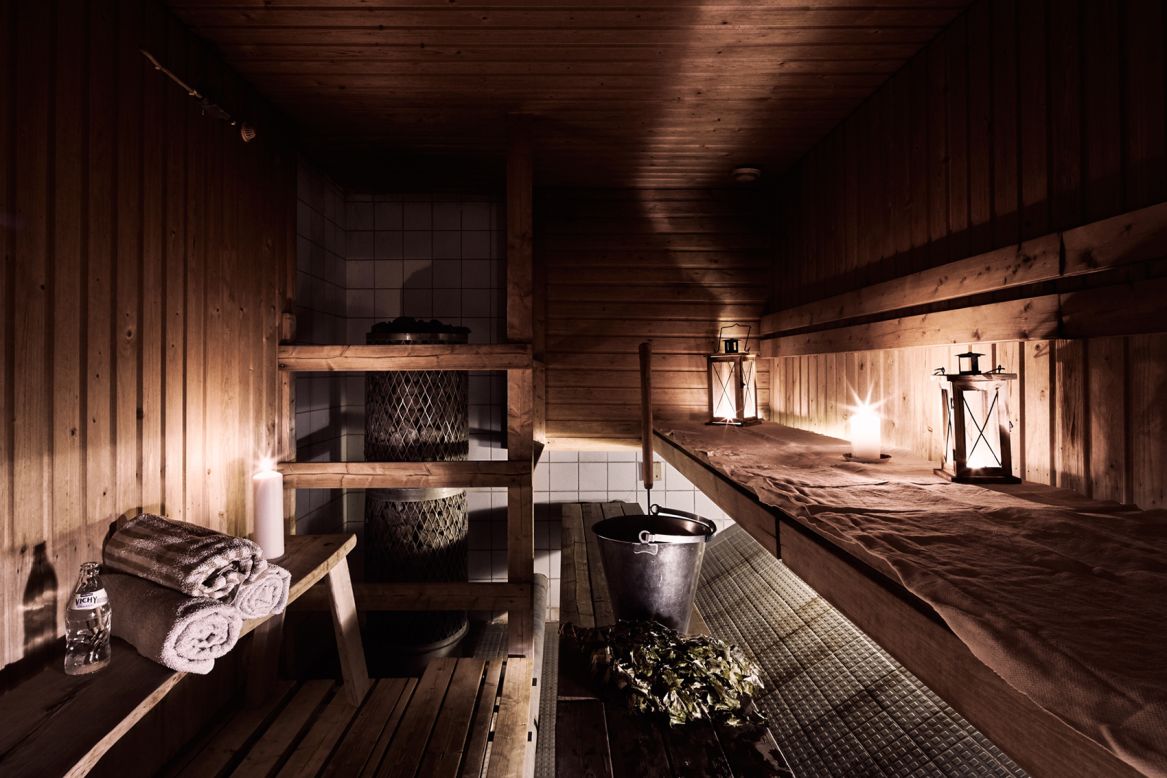Traditional Sauna Fundamentals Explained
Table of ContentsTraditional Sauna - The FactsThe smart Trick of Traditional Sauna That Nobody is DiscussingTraditional Sauna Fundamentals ExplainedThe 30-Second Trick For Traditional SaunaNot known Facts About Traditional Sauna
Many of the weight lost in a sauna is water loss and is re-gained upon rehydrating. Nevertheless, certainly sauna can be an integral part of a healthy weight management program. To take a look at the differences between traditional and IR saunas, I will certainly divide these right into proven, academic, and made differences.Therefore, the most popular factor in the saunawhich goes to the ceiling directly above the sauna heateris generally in between 185 and 190 F. Claims that a conventional sauna exceeds 200 F is just not real and not applicable for electric saunas marketed in the United States. The temperature level for a far-infrared sauna is usually set between 120 and 140 F; nevertheless, unlike the conventional sauna, the objective in and IR space is not to accomplish a high temperature level.
As a result of this, the temperature distinction is virtually unimportant, considering that profuse sweating causes both sauna kinds, yet the technique of heating up the body is various. In an IR sauna the bather will certainly feel hot and will certainly sweat a lot, however at much reduced temperature levels (Traditional Sauna). Thus, if the goal is to invest longer periods of time in the sauna, the IR sauna is a great choice
When a conventional sauna has been correctly heated, the sauna walls are cozy, the air temperature has actually achieved established temperature and the rocks are very warmed. As a fascinating side note, the heated walls and the rocks are sending out far-infrared warm, integrated with the warmed air, to create an "wrapping up heat".
A Biased View of Traditional Sauna

When the high temperature is attained, the elements cycle on and off to keep the high temperature. Many traditional sauna users enjoy pouring water over the rocks to produce steam to increase sauna humidity degrees. The advantages of putting water over the rocks include: making the area more comfy, moistening the nasal flows, and enabling the use of aromatherapy by mixing necessary oils with the water.

When the energy gets in the body, it triggers the body temperature level to increase and inevitably results in sweat. In an infrared sauna it is essential for the emitters/heaters to stay on virtually continuously. Given that there is why not check here no mass of rocks to preserve heat, the sauna will certainly description cool down if the emitters shut down.
As mentioned above, the sauna bather in an infrared area intends to position himself before running emitters to obtain maximum take advantage of the warmth. The heating time for both areas can be extremely different, depending upon just how the spaces are utilized. For a conventional sauna, a bather must enable 30-40 mins for the area to achieve a desired temperature and to properly pre-heat the rocks.
Not known Details About Traditional Sauna
A well built sauna will commonly accomplish a temperature level of 150-160 F in concerning 30-40 minutes. For hotter temperatures, the room might need to heat for a longer period. Once the area achieves established temperature level, the heater will cycle on and off, typically operating regarding 50% of the time. The shielded walls and the heated rocks will maintain the room warm and at steady temperature levels.

Typical saunas tend to be bigger (thus utilize more power) than infrared saunas, although conventional saunas are definitely readily available in one and two person sizes. For a two-person traditional sauna, 5x6 or 5x7 size is most preferred. The top bench can pleasantly seat two or three individuals and is likewise enough time to relax during the sauna session.
Top Guidelines Of Traditional Sauna
The average price per kWH of electrical power in the U.S. is around $0.11, so a 4.5 kW heater will set you back approximately $.50 to run for one hour, if the heating system runs continually for one hour. Commonly a sauna heater will certainly run for 75% of the initial hour and 50% of succeeding hours on since the components cycle once the set temperature is accomplished.

There is a seldom discussed distinction in the social experience between the two areas. While our culture has actually shed several of the social advantage of the traditional sauna experience, it can be very socially gratifying (Traditional Sauna). From family members time in the sauna, to heart-felt discussions with better halves, to sauna partiesthe traditional sauna experience can result in intimate socializing
The Ultimate Guide To Traditional Sauna
The majority of higher end infrared spaces consist of colored light treatment, audio systems and full-glass fronts.